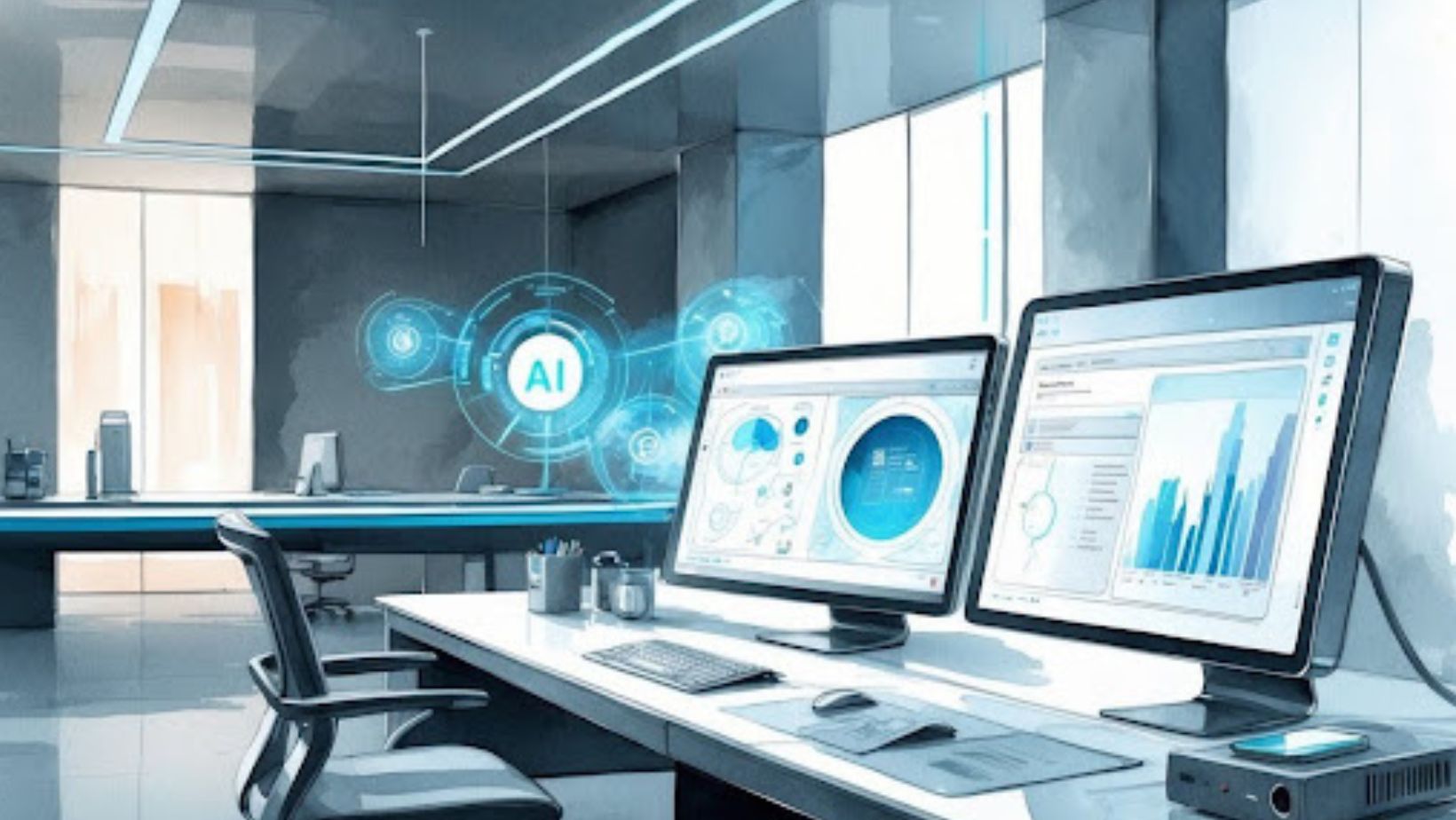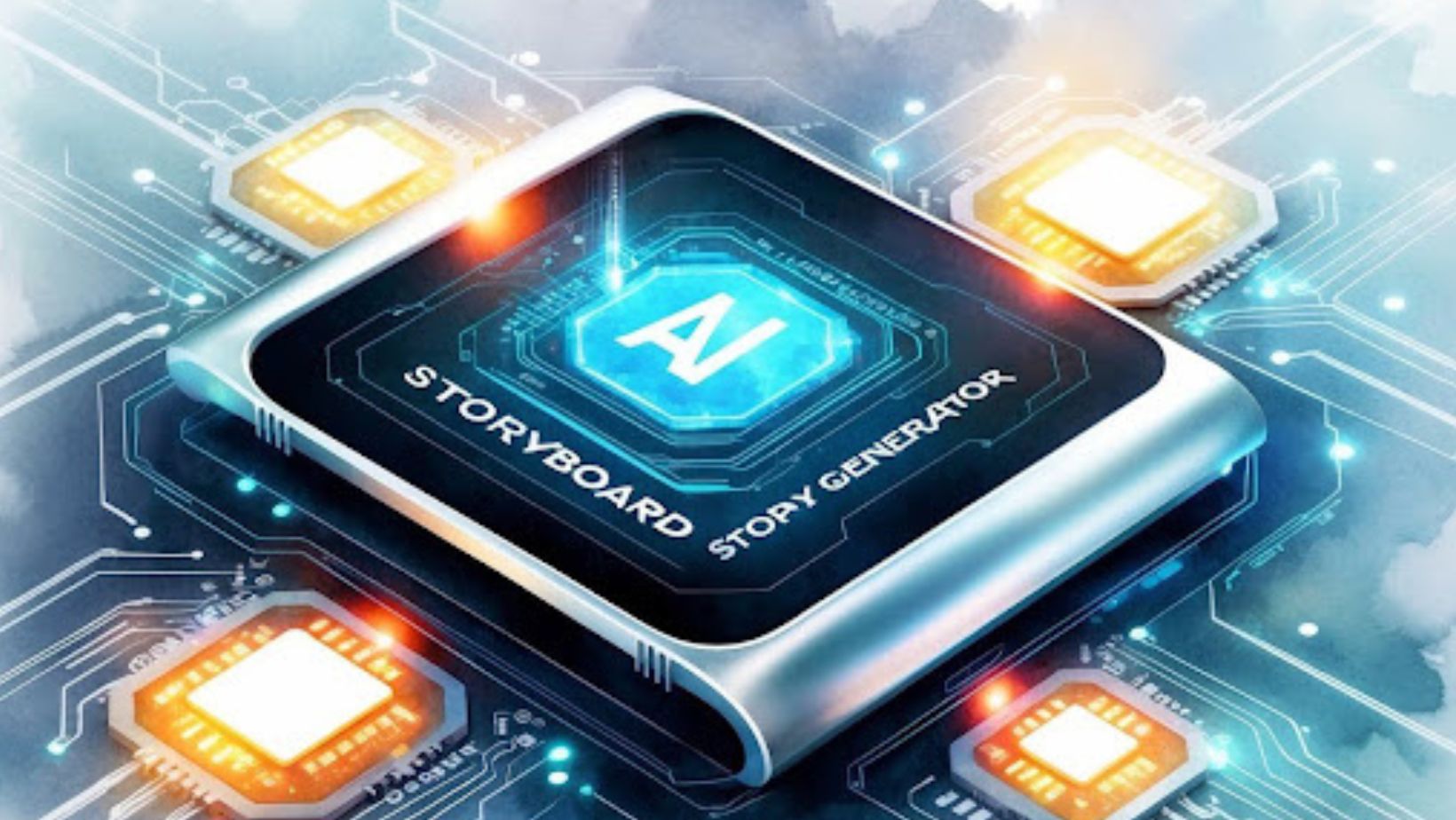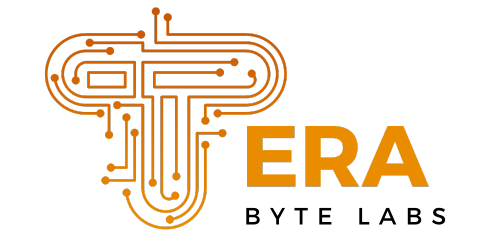AI storyboard generators are transforming the way creators plan and visualize their stories. I’ve seen these tools combine the power of stable diffusion and deep learning to turn written descriptions into detailed visual sequences. AI storyboard generators can now create professional-quality storyboards in minutes, saving creators hours of manual drawing and sketching time.
As a content creator, I find these AI tools especially valuable for quick iterations and exploring different visual directions. The technology uses advanced image synthesis to interpret text prompts and generate scenes that match the creative vision. Check out https://ltx.studio/ to see some examples of what’s possible.
Working with AI storyboard tools has shown me how they enhance the collaborative process. Teams can rapidly generate and share multiple versions of scenes, making it easier to align on creative direction before moving into production.
Key Takeaways
- AI storyboard generators create professional visuals from text descriptions in minutes
- Modern AI tools use stable diffusion technology to ensure consistent visual quality
- These systems enable faster creative iteration and improved team collaboration
Understanding AI Storyboard Generation
AI-powered storyboard tools transform creative ideas into visual sequences through advanced algorithms and machine learning. These systems combine artistic elements with narrative intelligence to streamline the production process.
Evolution of Storyboard Tools
Traditional storyboarding started with hand-drawn sketches on paper. Digital tools came next, offering basic drawing and editing features.
I’ve watched storyboard technology grow from simple digital drawing pads to sophisticated software that can interpret scripts and create scenes automatically.
Modern tools now include features like layer management, timeline views, and asset libraries. These developments laid the groundwork for AI integration.
Role of AI in Storyboarding
AI storyboard generators can now convert written scripts into visual sequences in minutes. This process used to take artists days or weeks to complete.
I’ve seen these tools create consistent character appearances across multiple scenes and maintain visual continuity automatically.
The technology excels at:
- Converting text descriptions to initial scene layouts
- Suggesting camera angles and compositions
- Generating background environments
- Maintaining character consistency
AI helps creators focus on creative decisions rather than technical execution. These tools serve as collaborative partners, offering suggestions while letting artists maintain creative control.
The latest systems can analyze story elements and propose dramatic camera angles to enhance narrative impact.
Technological Foundations of AI Storyboarding
AI storyboard tools combine advanced image generation with specialized features for visual storytelling. These systems use deep learning models to create scenes and characters while maintaining narrative consistency.
Generative AI Technology
I find that modern AI storyboard systems rely heavily on text-to-image models like Stable Diffusion. These models transform written descriptions into detailed visual scenes.
The core technology uses neural networks trained on millions of images to understand and generate new visuals. This allows artists to quickly produce multiple scene variations.
Key components include:
- Image synthesis algorithms
- Natural language processing
- Style transfer capabilities
- Scene composition tools
AI Character and Scene Generation
I’ve observed that AI character generators can now create consistent character appearances across multiple poses and expressions. This helps maintain visual continuity throughout the storyboard.

The tools offer these essential features:
- Character customization: Adjusting facial features, clothing, and poses
- Scene composition: Background generation and lighting control
- Perspective handling: Creating views from different angles
The technology can generate background environments that match the story’s setting. Artists can specify location details through text prompts and receive matching visual output.
Applications and Tools for Creators
AI-powered tools are transforming how creators bring their stories to life through advanced storyboarding and visual development capabilities. These tools streamline production workflows while enhancing creative possibilities.
AI Filmmaking Platforms
I’ve found several AI platforms that help streamline the storyboarding process. Storyboard AI converts text descriptions into detailed scene layouts, saving hours of manual sketching time.
Key features of modern AI filmmaking platforms:
- Real-time scene generation
- Style customization options
- Automatic camera angle suggestions
- Character pose libraries
These tools integrate with industry-standard software like Adobe Creative Suite and Final Cut Pro, making them practical for professional workflows.
AI Video Production Suites
The newest AI video suites offer comprehensive storyboard-to-screen solutions. Apps like VideoScript AI and StoryFlow generate complete shot sequences from written scripts.
Production benefits include:
- Automated scene composition
- Lighting and color scheme suggestions
- Dynamic storyboard revisions
- Asset management tools
I’ve noticed these platforms excel at maintaining visual consistency across projects while reducing pre-production time by up to 60%.
Enhancing Collaboration in Video Production
AI storyboard tools create new ways for teams to work together and speed up video production. These tools make it easier for creators to share ideas and make changes quickly.
Collaborative Video Editing
I’ve seen AI tools transform how teams edit videos together. The software lets multiple editors work on the same project at once, making changes and adding elements without conflicts.
Teams can mark specific frames, add notes, and suggest edits directly in the timeline. This cuts down on long email chains and confusing feedback loops.
AI helps track all changes and keeps a clear version history. If someone makes a mistake, we can easily roll back to earlier versions. These same principles of collaborative efficiency are being applied to other creative fields, with the human digital twin emerging as a powerful tool for personalized AI content creation, allowing for a new level of dynamic and interactive media.
Real-Time Creative Collaboration
Remote teams can now join live editing sessions where everyone sees changes as they happen. I’ve found this especially useful for quick adjustments during client reviews.
The AI suggests shots and transitions based on everyone’s input, creating a shared creative vision.
Team members can chat, draw, and annotate directly on frames. This visual communication helps avoid misunderstandings that often happen with written descriptions alone.
I’ve noticed better results when directors and editors can make decisions together in real time, even when working from different locations.
The Future of AI-Enhanced Storytelling
I predict AI storyboard generators will become essential tools for creative professionals in the next few years. These tools will help us create more engaging and dynamic visual stories in less time.
AI video production tools will allow me to generate entire scenes from simple text descriptions. I expect to see AI help with camera angles, lighting, and even character expressions automatically.
Character customization will reach new levels of sophistication. I’ll be able to create unique characters instantly and adjust their features, clothing, and movements with natural language commands.
Creative AI solutions will expand beyond basic storyboarding. I’m seeing the emergence of AI pitch deck generators that can help me present story concepts more effectively to clients and stakeholders.
Some key developments I anticipate:
- Real-time scene generation and editing
- Automatic style matching across frames
- Smart character pose libraries
- Voice-controlled storyboard creation
- Seamless integration with video editing software
The technology will become more intuitive and accessible. I believe even creators with limited artistic skills will be able to bring their stories to life visually.
AI tools will serve as creative partners rather than replacements. They’ll handle technical aspects while I focus on storytelling and creative direction.
Frequently Asked Questions
AI storyboard tools offer quick solutions for creators across many industries. These tools range from free to premium options, with features designed for both beginners and professionals.
How Can I Generate a Storyboard from a Script Using AI Technology?
I upload my script to an AI tool that breaks down scenes into visual descriptions. Most AI tools analyze the text and create initial sketches based on key action points and dialogue.

The AI identifies important scene elements like characters, locations, and movements. I can then edit and refine these generated frames to match my vision more closely.
What is the Highest-rated AI Storyboard Generator Currently Available?
StoryboardAI Pro leads the market with its accurate scene interpretation and high-quality outputs. The platform offers extensive customization options and supports multiple art styles.
Its user-friendly interface and quick rendering times make it popular among filmmakers and animators.
Are there any AI Storyboard Tools that don’t Require Registration to Use?
QuickBoard AI and StorySketch offer basic storyboarding features without signup requirements. These tools provide limited but useful functions for quick visualization needs.
Users can generate up to 10 frames per session without creating an account.
Which AI Tools can Convert Text Into Storyboards Automatically?
ScriptVision AI excels at converting written descriptions into visual scenes. It processes natural language and creates frame-by-frame storyboard sequences.
The tool includes options for style adjustment and character consistency across frames.
Can AI be Utilized to Create Storyboards for Animation Projects Efficiently?
Animation-focused AI tools like AnimBoard create detailed storyboards with movement indicators. These tools understand animation principles and can suggest keyframes for motion sequences.
They help streamline the pre-production process by automatically generating in-between frames.
Are there Any Professional Storyboarding AI Solutions that are Available for Free?
StoryMaker Basic provides professional-grade features in its free tier. It includes essential tools for scene generation and basic editing capabilities.
The free version limits output resolution and the number of projects but maintains professional quality standards.

